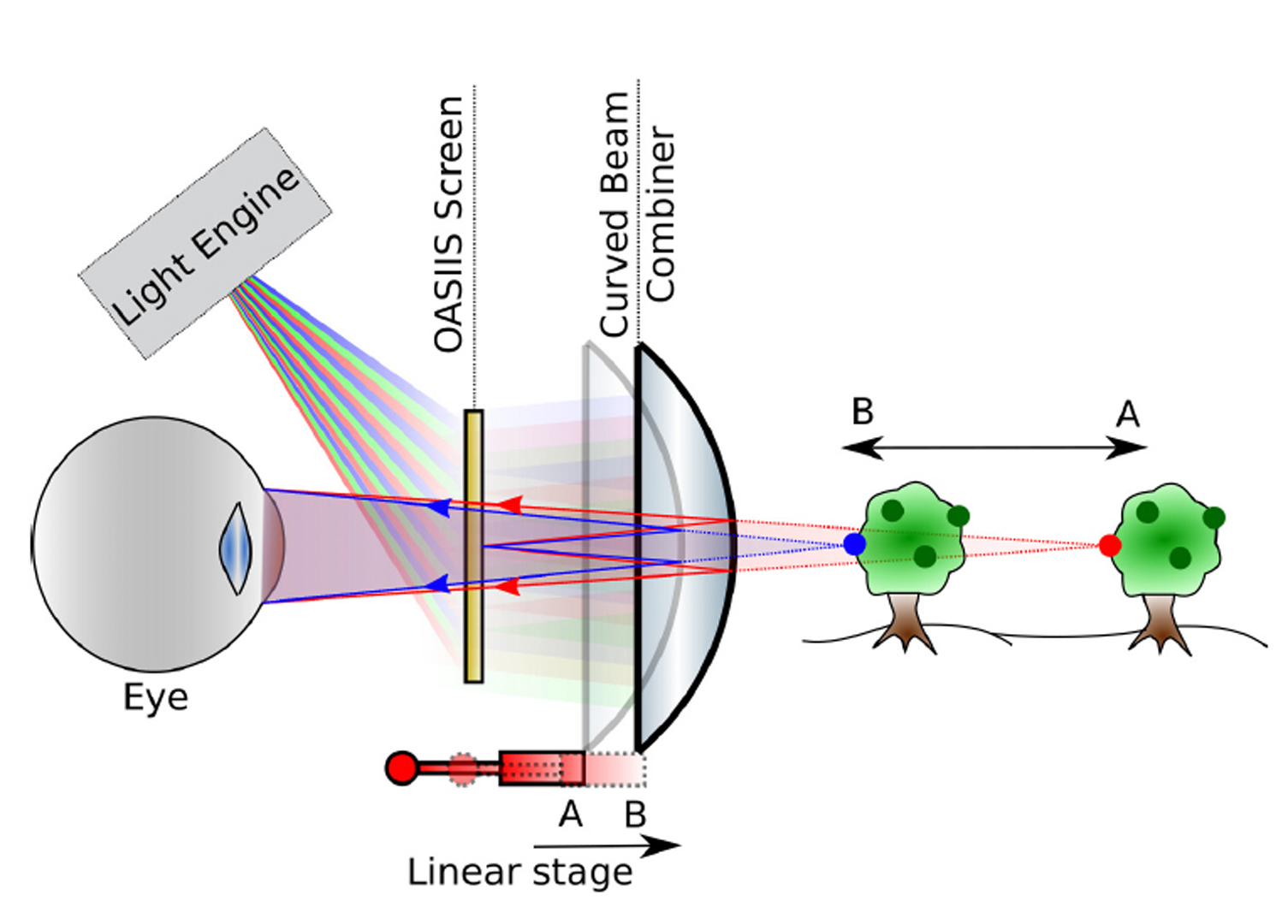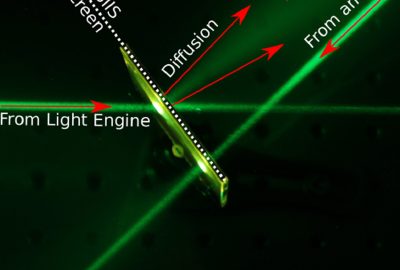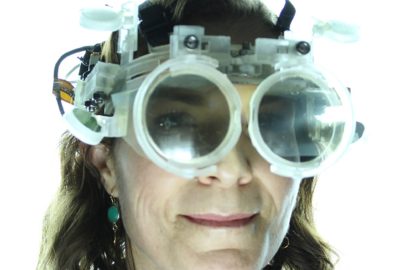“Varifocal Virtuality: A Novel Optical Layout for Near-Eye Display” by Akşit, Lopes, Kim, Spjut, Patney, et al. …
Conference:
Experience Type(s):
Entry Number: 25
Title:
- Varifocal Virtuality: A Novel Optical Layout for Near-Eye Display
Organizer(s)/Presenter(s):
Description:
Augmented reality (AR) has recently gained momentum in the form of a variety of available optical see-through near-eye displays (NEDs) such as the Meta 2and the Microsoft Hololens. These devices are a big step forward towards Sutherland’s vision of an ultimate display [Sutherland 1968]. The device we demonstrate attempts to deal with the main limitations of current devices. First, the graphics images are at a constant virtual distance for the eyes’ accommodation mechanism, while the vergence of the two eyes working in concert places the virtual object(s) at a distance other than the accommodation distance. This vergence-accommodation conflict is one of the main problems in many AR and VR systems [Kress and Starner 2013]. The second limitation is achieving a wide FOV with compact optics. Cakmakci et al. [2006] contend that achieving a wide field-of-view (FOV) is the major optical design challenge in AR NEDs.
We demonstrate a novel wide FOV optical design (see Figure 1) that can adjust the accommodation depth dynamically so that the graphical object the user is looking at will be at the correct accommodation distance to match the vergence. The eye moves dynamically and can have objects at differing distances visible with in the fovea. For objects not at the eye’s current accommodation distance, we computationally blur the graphics using the most up-to-date blurring technology: ChromaBlur. By accounting for high-order and chromatic aberrations of human eyes, ChromaBlur generates a blur signal that is more effective in terms of depth perception and driving accommodation.
References:
Ozan Cakmakci and Jannick Rolland. 2006. Head-worn displays: a review. Journal of display technology 2, 3 (2006).
SA Cholewiak, GD Love, P Srinivasan, R Ng, and M Banks. 2017. ChromaBlur: Rendering chromatic eye aberration improves accommodation and realism. submitted to ACM Transactions on Graphics (TOG) (2017).
Bernard Kress and Thad Starner. 2013. A review of head-mounted displays (HMD) technologies and applications for consumer electronics. In SPIE Defense, Security, and Sensing. International Society for Optics and Photonics.
Ivan E Sutherland. 1968. A head-mounted three dimensional display. In Proceedings of the December 9-11, 1968, fall joint computer conference, part I. ACM
Keyword(s):
- Near eye displays
- See-through Displays
- Varifocal Displays
- Computational Displays
- Augmented Reality Displays
- holography
- Holographic Optical elements








